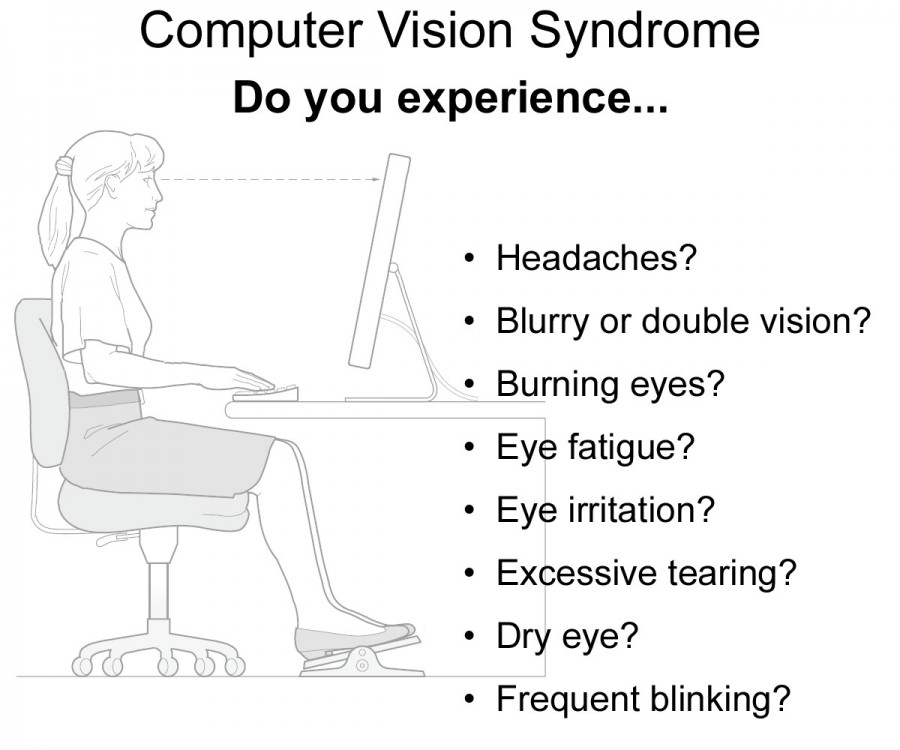Pace Students Be Aware: Technology’s Long-Lasting Effects
Growing up in the information age, and watching younger siblings and cousins grow up in the technological age, various debates have arisen regarding constant academic, professional, and personal use of technology.
One of these issues is the lasting effect that consistent use of technology can have on one’s hearing and vision.
One growing concern is termed by doctors as computer vision syndrome, which creates dry eyes due to a lack of blinking while focusing intently upon a computer screen.
According to the American Optometric Association, symptoms of computer vision syndrome include eyestrain, headaches, blurred vision, dry eyes, as well as neck and shoulder pain.
Computer vision syndrome can be caused by poor lighting, glare on the computer screen, sitting too close to one’s computer screen, poor posture, or a combination of all these.
The best things to do in order avoid computer vision syndrome is be cautious of sitting too close to your computer screen, lower the brightness on your screen, take breaks in the middle of long periods of work, and rest the eyes.
Another concern is hearing and potential hearing loss, specifically given the use of ear bud headphones while listening to music.
Particularly using ear bud headphones at high volume for long periods of time can lead to hearing loss and or tinnitus (ringing in the ears).
The reason this happens is because ear bud headphones do not normally block out background or surrounding noise which people do not want to have to hear while listening to music, audio books, etc. Therefore, volume increases until noises such as buses, construction, or conversations are no longer being heard along with music or videos being watched.
New York Times writer Stephen Castle wrote in 2012, “Maximum volume on some devices can generate as much noise as an airplane taking off nearby.”
Castle continued by saying, “Users listening at high volumes for more than an hour a day each week risk permanent hearing loss after five years.”
This problem can be combated in a few simple ways.
First, over-the-ear headphones are recommended rather than ear bud headphones as they rest outside the ear and do not sit inside the ear.
Furthermore, do not consistently listen to music, videos, recorded lectures, etc. on maximum volume. Try to be aware of how loud your devices are. If others around you can clearly hear what you are listening to, you are most likely listening too loudly and risking your long-term ability to hear.
Your donation supports independent, student-run journalism at Pace University. Support the Pace Chronicle to help cover publishing costs.

